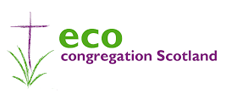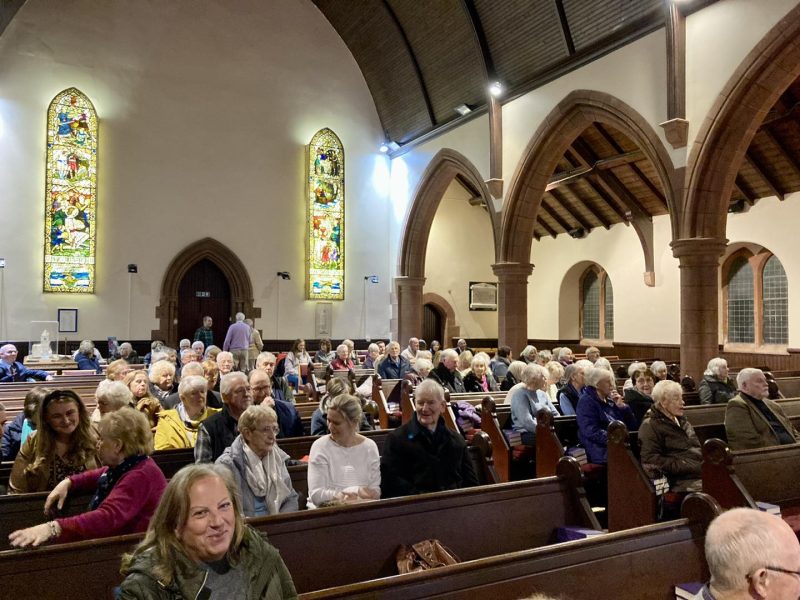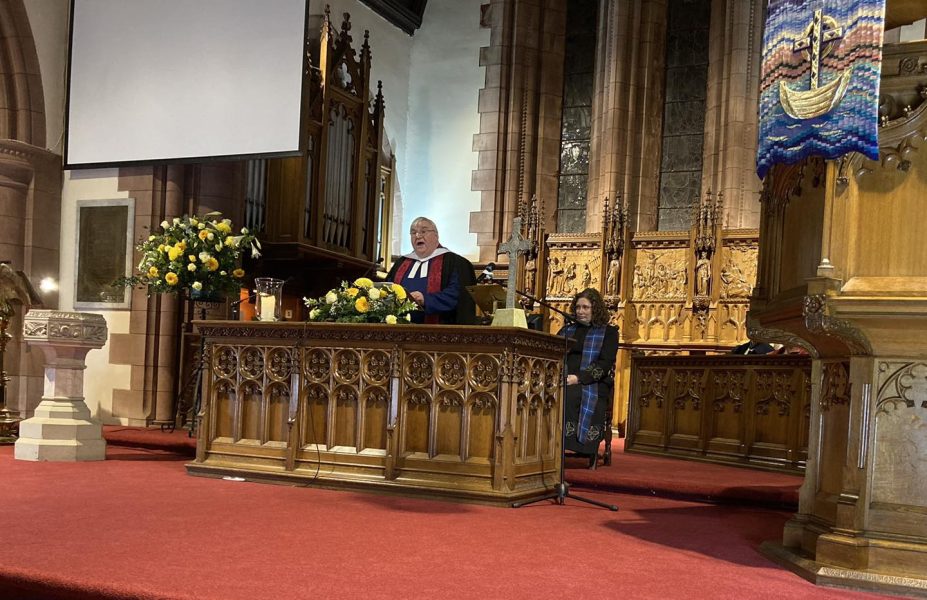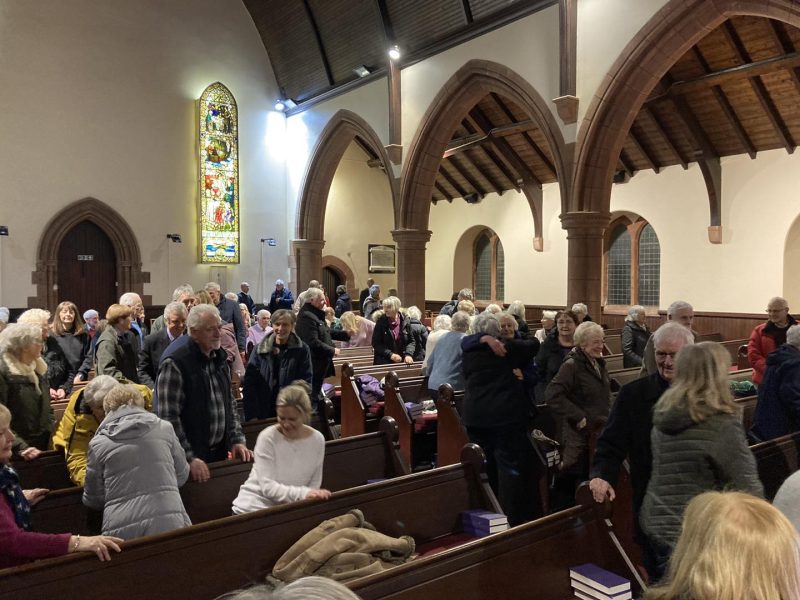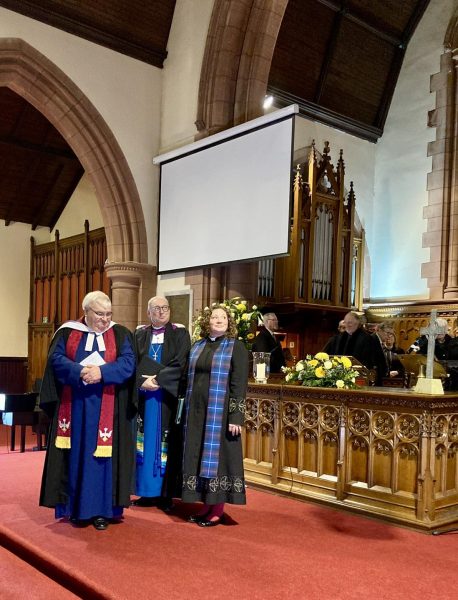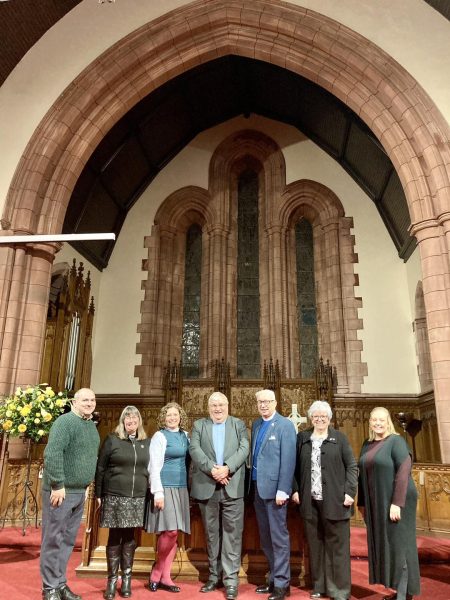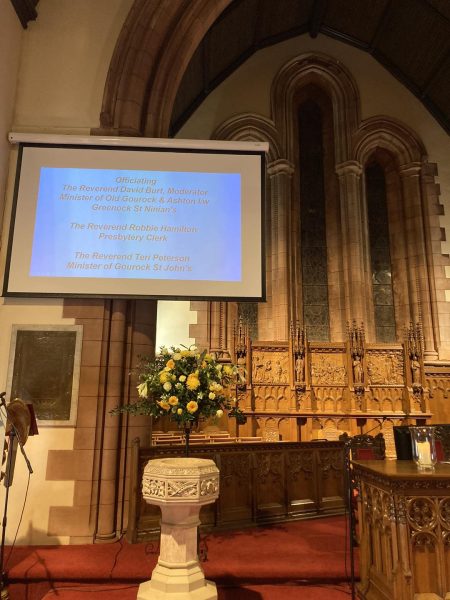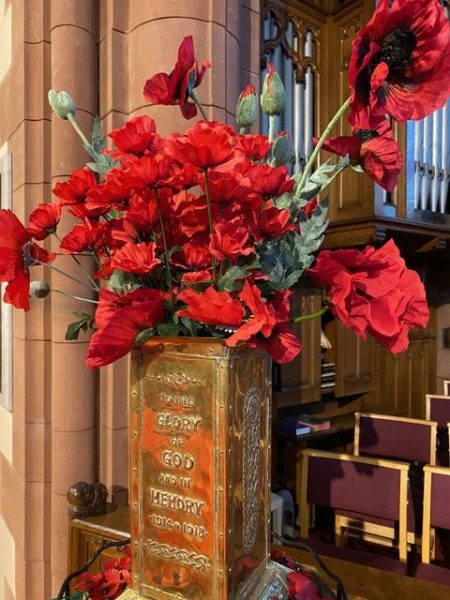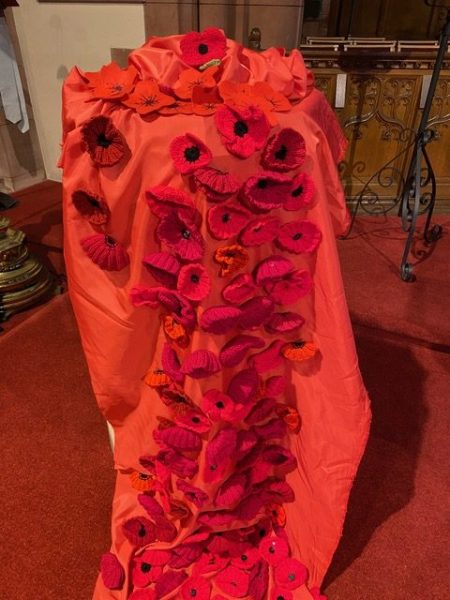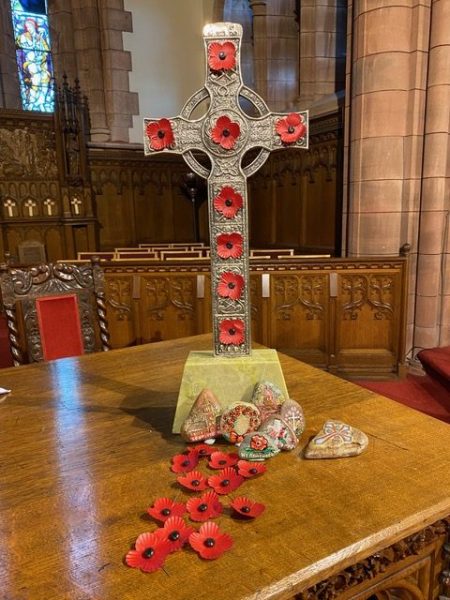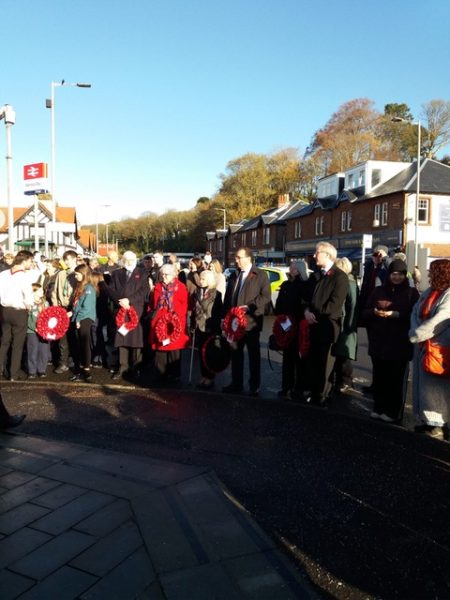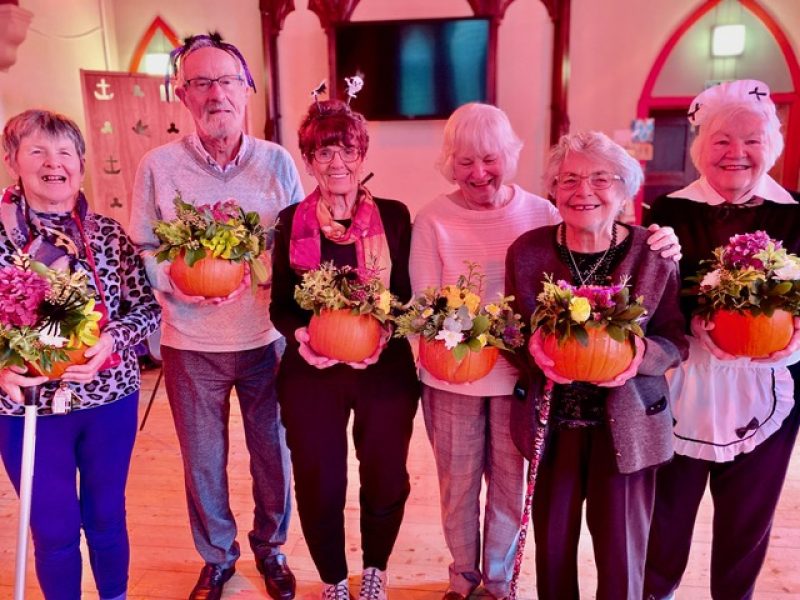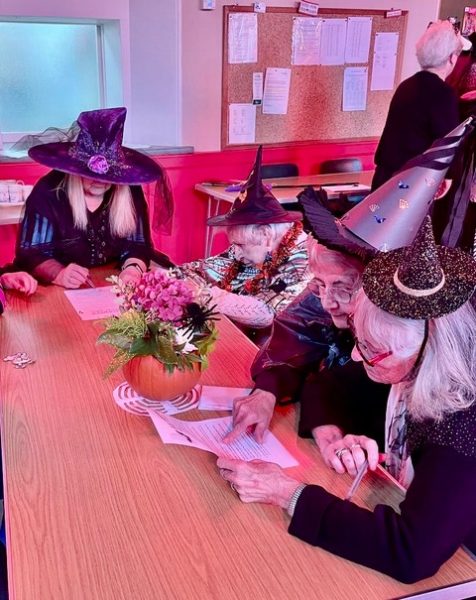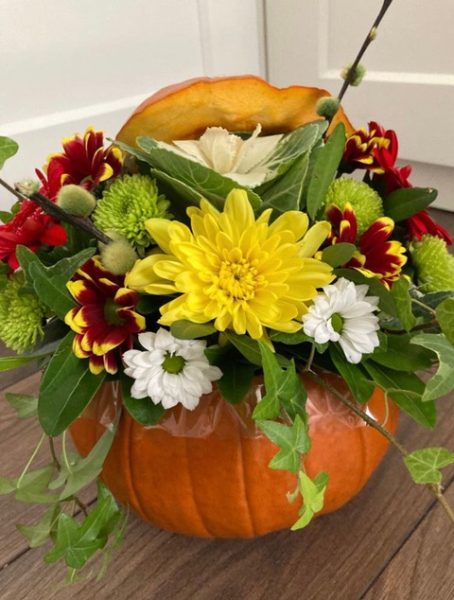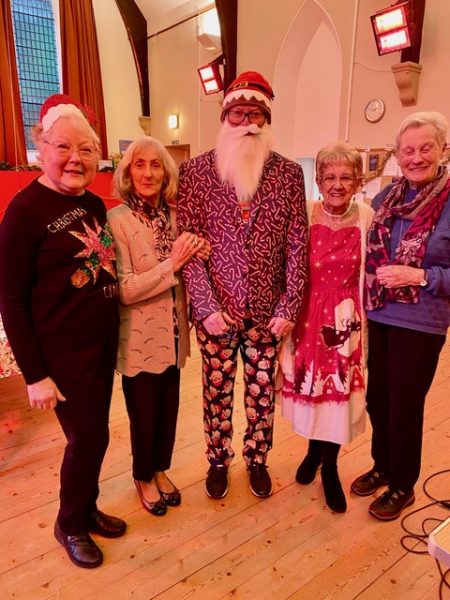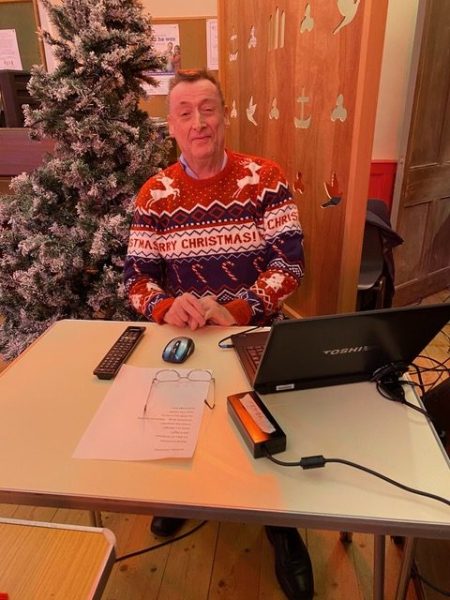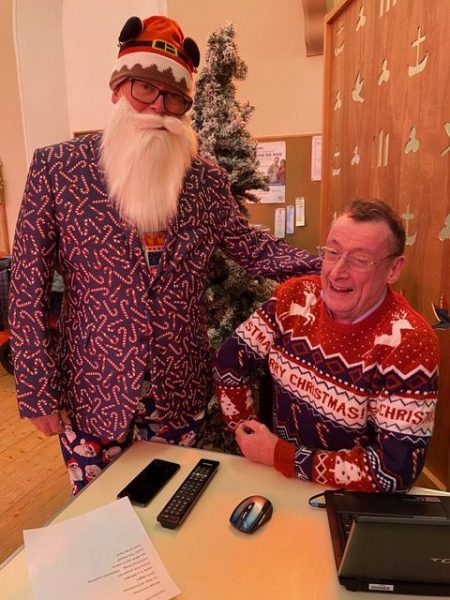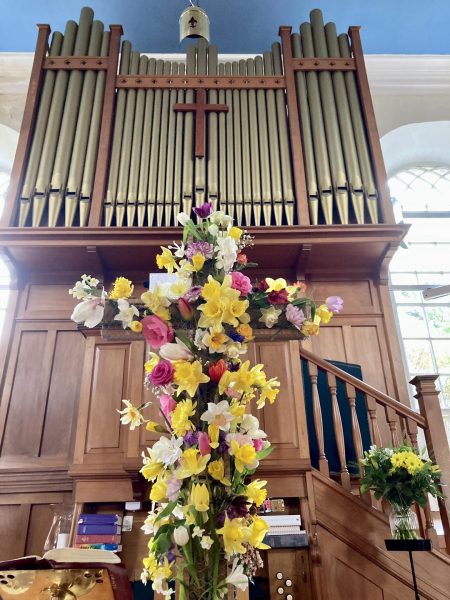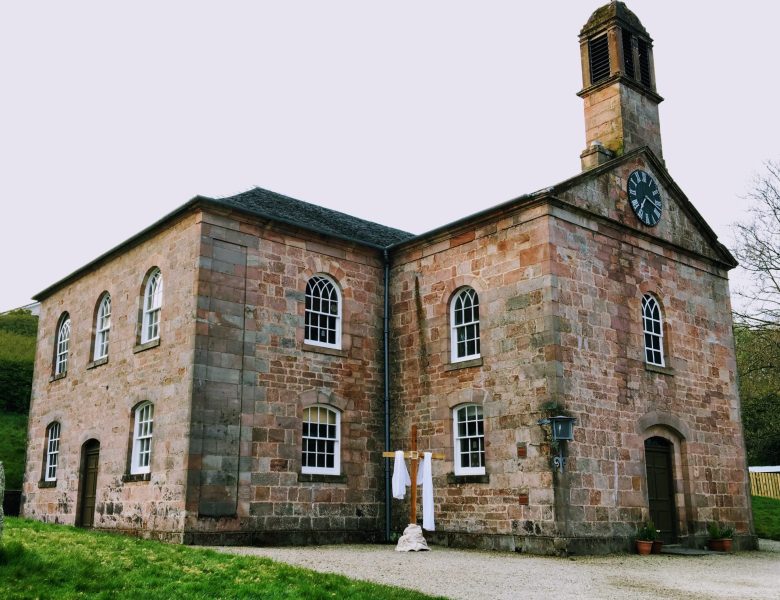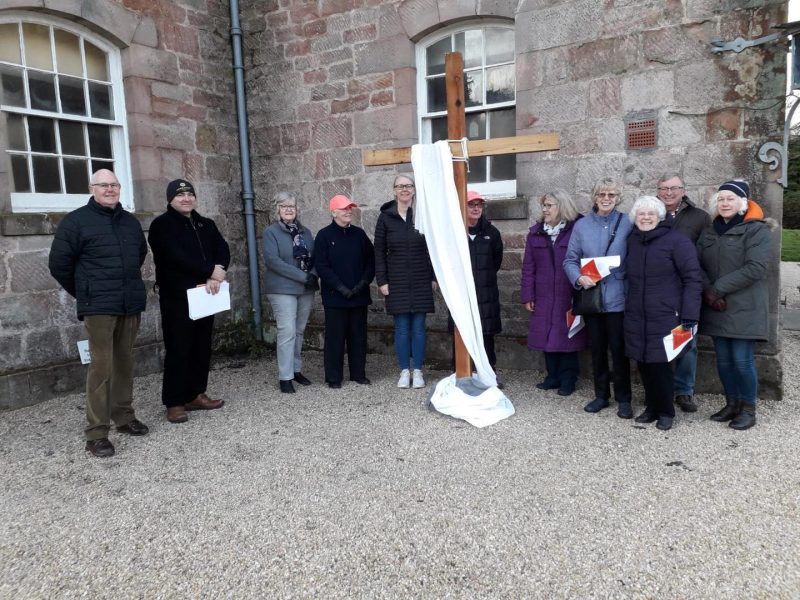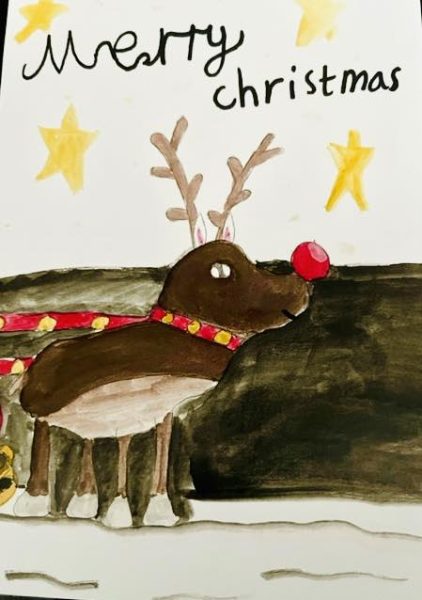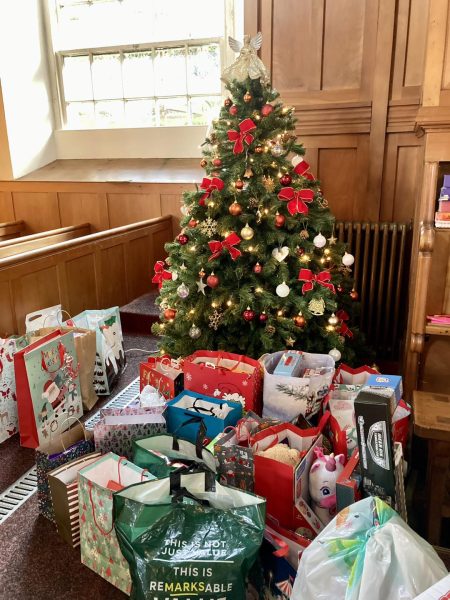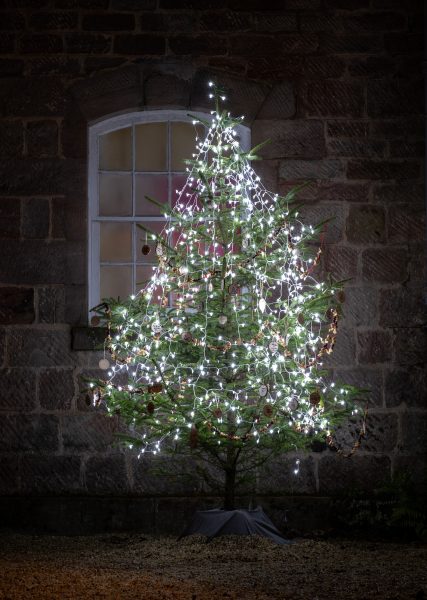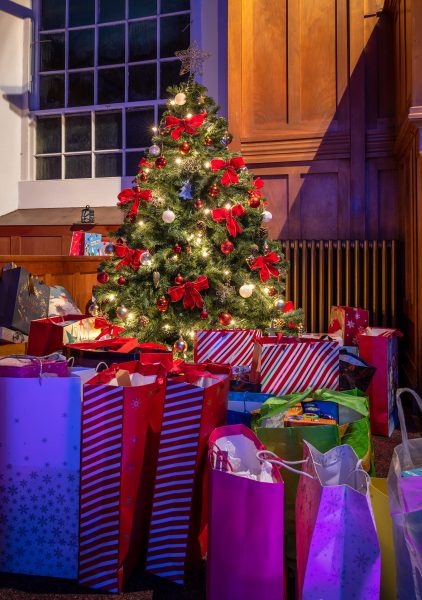History - Skelmorlie and Wemyss Bay
History of Skelmorlie and Wemyss Bay Church
In all, and at various times, three Church buildings have housed two congregations.
The first Church was built as a ‘Chapel of Ease’ – similar to a modern Church extension charge – in 1856, a daughter of St Columba’s, Largs and a sister to Fairlie Parish Church. The parish area granted to the new congregation was sectioned from the parishes of Largs and Inverkip, and comprises the estates of Eglinton, Kelly and Wemyss. Full ‘parish’ status was granted in 1860.
A second Church – not a Church of Scotland charge – was soon to be built in the parish. Skelmorlie Union Church, as it was called initially, began as a preaching station under the superintendence of a joint committee of the Free Church and the United Presbyterian Church. The original building was a timber structure brought from Kilcreggan and erected somewhere in the vicinity of where Pearson’s Garage now stands.
A succession of ministers from both denominations had occupied the pulpit. In 1870 it was felt the time had come to unite under one minister, and choice was made of the Rev John Boyd, a probationer of the United Presbyterian Church in Largs, who was ordained and inducted on 30 May 1871, thereby establishing the congregation as part of the United Presbyterian Church of Scotland.
A site at Kelly Bridge was chosen for a new building and on 9 February 1874 the foundation stone for Wemyss Bay United Presbyterian Church was laid. The building was opened for public worship on Sunday 12 July 1874.
A minor crisis soon arose when a petition was presented to the Kirk Session requesting the use of a harmonium in the service of the Church. It was agreed that the instrument be introduced for four Sundays “to allow an opportunity for judging its effects on the psalmody”. Towards the end of 1877 an organ was installed. In any congregational history, ministers are normally afforded some prominence, even if they are only named. Other office bearers are sometimes remembered for their idiosyncratic habits. For example, the beadle was expected to call at the manse before ten o’clock on a Sunday morning to receive the minister’s robes, carry them to the Church and return them that same evening. When in Church, the beadle was expected to dress tidily in black with a white tie and that slippers should be worn.
Bell ringers, two in particular, are remembered for not attending worship having completed their duties; they left the premises by a door from the vestry leading to the main road. The first culprit was shown the error of his ways and was persuaded to become a member of the congregation. Some years later a similar situation arose but this time the solution was swift and effective. The door leading to the road was padlocked!
With the union of the Free Church and the United Presbyterian Church in 1900, the Church came under the new umbrella of the United Free Church of Scotland; and in 1929, with the union of the United Free Church and the Church of Scotland nationally, the congregation became known as Skelmorlie and Wemyss Bay North Parish Church, with the former parish Church bearing the name Skelmorlie and Wemyss Bay South Parish Church.
As early as 1933, a threat of readjustment was in the air. The Disruption of 1843, when about half of the congregations in the Church of Scotland left to form the Free Church of Scotland, saw a spate of new Church building for the new denomination. The various unions nationally meant that there was now a surfeit of buildings, and many were threatened with closure; a continuing fact of Church life.
Eventually, in 1972, that threat was realised. Ironically, perhaps, it was the sudden death of The Rev George P Innes, minister of the South Church that precipitated the action. The two Church of Scotland congregations were united to form the present congregation. The North Church building was sold for a nominal sum and eventually demolished. All that remains on the site is the building which housed a hall and the beadle’s house, now converted into two dwellings.
The closure of any Church building brings natural regrets and sadness. The North Church was the spiritual home of many. Some, but not all, made the transition to the united charge and carried on an effective witness.
As in the history of the Church in Skelmorlie and Wemyss Bay, drastic changes have taken place in community life.
Wemyss Bay has grown beyond all recognition with housing developments stretching within sight of Inverkip. A school was built in Wemyss Bay in 1980 to accommodate the children of young families attracted to the area by the highly successful IBM electronics company and Inverkip Power Station, designed as an oil-fired station. By the time the station was completed, oil prices had soared and the station was rarely used.
In more recent times, Skelmorlie has lost its remaining hotels to housing developments; and the last of four Care Homes closed in 2005
The Moderator of the General Assembly, the Rev Alan D McDonald, LLB BD MTh, was the guest preacher at the commemorative service on Sunday 4 June 2006, appropriately the Day of Pentecost, the birthday of the Christian Church.
The anniversary was also marked by a Garden Party at Skelmorlie Castle, courtesy of Mr and Mrs James Wilson. Another link with the past was remembered in that Mr Wilson’s father had served for a time as treasurer in the former South Church
Architecture
The first Skelmorlie Church was designed by the distinguished Glasgow architect John Honeyman.
In 1893 he was again commissioned to design the present sanctuary – reputedly one of his best works – in a style similar to that employed in the restoration of Brechin Cathedral. Other examples of Honeyman’s work can be seen locally, most notablyStroove – where he lived for a time – Clutha, Morland, The Cliff, Chasley (now demolished to make way for flats) and several other houses which he either built or enlarged.
In 1888 Honeyman entered into partnership with John Keppie. One of their draughtsman recruits was Charles Rennie Mackintosh, details of whose work are evident throughout the building; but the lamp which graces the main entrance is his most notable design feature. In the years that followed, the decoration of the church was further enhanced by the addition of lavishly carved reredos and five stained-glass memorial windows. The reredos is the work of
 John Crawford was described by John Honeyman as “our best Gothic wood-carver”. Statues of Matthew, Mark, Luke and John stand in niches, and the three panels depict the birth, death and resurrection of Jesus. The chancel panelling and furnishings were designed by William Gibson Rowan.
John Crawford was described by John Honeyman as “our best Gothic wood-carver”. Statues of Matthew, Mark, Luke and John stand in niches, and the three panels depict the birth, death and resurrection of Jesus. The chancel panelling and furnishings were designed by William Gibson Rowan.
Honeyman, the architect of the first Skelmorlie Church, also created the three subjects of the side windows in the chancel – St Columba, St Mungo, and St Ninian. The work of a number of notable artists is seen in the five memorial windows along the west wall. The window adjacent to the pulpit bears the inscription of Stephen Adam (FSA Scot), Glasgow and dated 1909. The subjects of the windows are female figures personifying CARITAS (Charity) and VERITAS (Truth)

The next window, the work of Douglas Strachan, depicts Christ “Stilling the Storm”. It is on the same theme as his great window in St
Giles Cathedral, Edinburgh. The standing Christ, with his hand raised and head framed in an unconventional halo, is the one still element in the composition. Examples of Strachan’s work can be seen at the Palace of Peace in the Hague, the Scottish National War Mem orial in Edinburgh Castle, the Goldsmiths’ window in St Paul’s Cathedral, and the Whittington window in the Guildhall, London.
orial in Edinburgh Castle, the Goldsmiths’ window in St Paul’s Cathedral, and the Whittington window in the Guildhall, London.
The third window in this series depicts the three Marys at the empty Tomb. It was designed and produced by the Pre-Raphaelite artist Edward Coley Burne Jones (1833-98) in 1918. The figures were drawn by J Henry Dearle, and the rose above – a ‘Salvator Mundi’ – is
 adapted from a Burne Jones drawing.Nothing is known of the maker of the fourth window which depicts female figures
adapted from a Burne Jones drawing.Nothing is known of the maker of the fourth window which depicts female figures
 personifying LOVE and FAITH standing against a background of foliage and fruits, and flying doves with angels bearing scrolls.
personifying LOVE and FAITH standing against a background of foliage and fruits, and flying doves with angels bearing scrolls.
The last window in this series depicts St Michael and St George with the coat-of-arms of Lord and Lady Inverclyde above. The window is the work of Charles Eamer Kempe (1837-1907).
For more information, contact us


